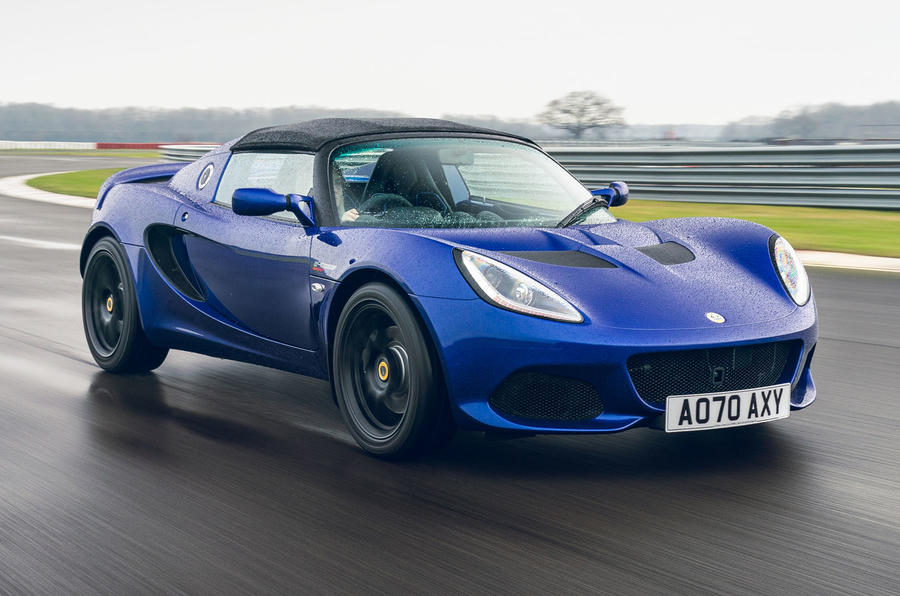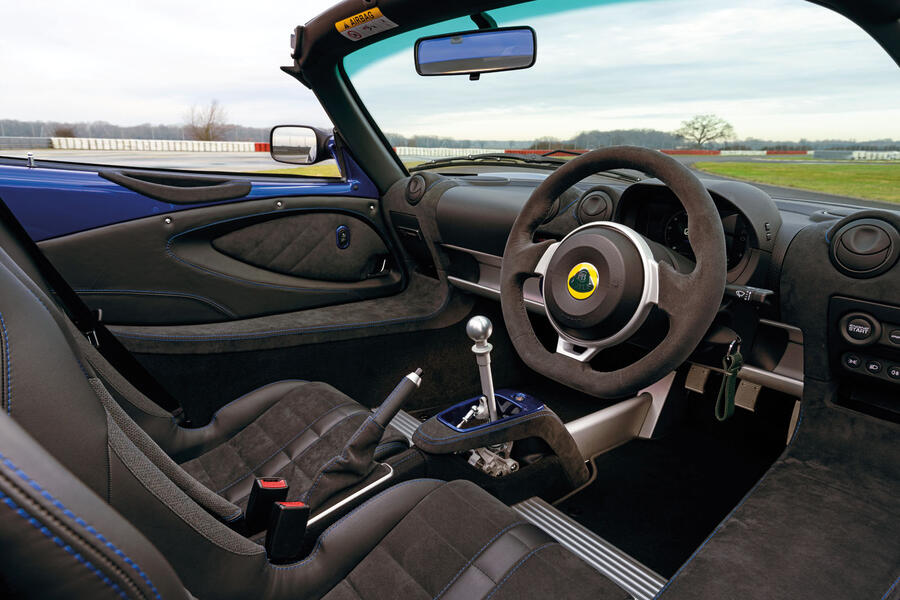What is it?
The final dance around the ring for the Lotus Elise, one of Britain’s most loved and enduring automotive icons. It was born in 1996, the year Charles and Diana got divorced, Take That split up and Dolly the sheep – the world’s first cloned mammal – was born. And until the autumn, it’s still with us thanks to this rather inevitable run-out edition.
Actually, there are no fewer than five such ‘Final Edition’ models, three pertaining to the various Lotus Exiges that remain on sale, this car and a similar take on the Elise Cup 250 track day car, although without any additional power. We’re focusing on this one because it uses as its base the now defunct ‘standard’ Sport 220 Elise and comes with a 23bhp power upgrade to reach the 240bhp mentioned in its title. Those wondering how 220 plus 23 can make 240 should be advised that the lower figure is actually measured by Lotus in Pferdestärke, better known to you and me as PS, the higher in good old-fashioned brake horsepower, one of which equates to 0.986 of a PS. Don’t say we never teach you anything here.
It seems pricey at £45,500, but that’s perhaps because it’s too easy to forget the Elise itself is no longer the bargain it once was when there was a truly entry-level, normally aspirated 1.6-litre version available. That car died in 2018. In reality, the Sport 240 is only £3800 more than Sport 220 it replaces, which buys not only the power hike, but also a beautiful set of ultra-light forged alloy rims, not to mention a new and chunky steering wheel and Lotus’s first TFT instrument display. The remaining goodies are cosmetic in terms of Final Edition badging, bespoke colour schemes and a long list of optional extras. The important thing to remember is that in all other regards – suspension, brakes, gearbox and so on – the car remains entirely standard.
Lotus says the car will be built in "limited numbers" but declines to say what that limit will be, meaning that the number is likely only to be limited by the number of people who want buy one in the time it remains on sale.





























































Join the debate
Add your comment
Hell yeah. The original Elise was 725kg at its lightest and only briefly. Things like the matrix brakes and super lightweight seats got upgraded pretty quickly. Realistically at least 800kg in regular usable trim. So this one with so much more performance doesn't seem so heavy to me. And certainly not compared with other cars.
Always wanted one but the price in recent years rules it out for me.
Good to see Autocar has fixed the 'From ...' prices at the top of each article.....not. At least it's only £18,000 too little this time :D
My guess is Autocar have no idea how to fix the "prices from". Might be a legacy from a previous version of the site.
Usual naysayers on here as it's not German - it might be heavier but it's still less than a metric tonne for christsake.
And as for cost, have a look into it, they barely depreciate at all.
Lotus will easily sell these and deserve to